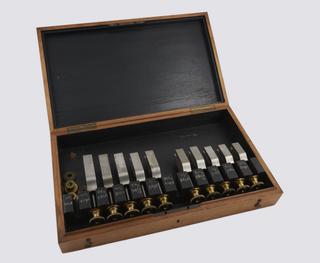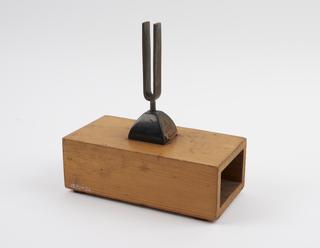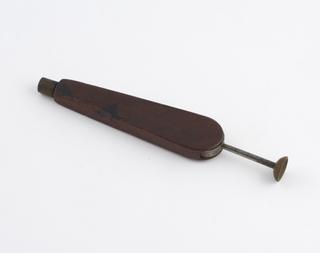
A440 tuning fork
1880

1880

1901-1930

1901-1930



1871-1900

1900-1943

1880-1895

1885

1968


1851-1900


1880



1880

1820-1890

1801-1900

1975-1981

1851-1950

1880-1920

1850-1900

1850-1950

1901-1930
1918
1880
1870
1900-1980
1920
1960-1969
1880-1895
1874-1900
1869-1874
1801-1850
1880
1851-1900
1926-1954
1880-1930
1901-1930